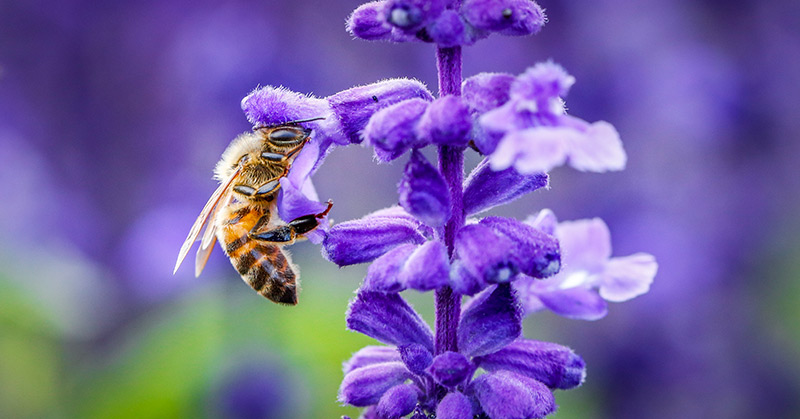Bee populations are suffering, there’s no doubt about that. Bee colonies are collapsing for a number of reasons, and experts believe that one of those reasons is a lack of flowers, and more importantly, a lack of biodiverse flowers for the bees to choose from. Bees make honey by sipping the nectar of flowers and using an enzyme to transform that nectar into the thick, sweet substance we know and love. So if there aren’t enough flowers, there won’t be enough nectar to make the honey that honey bees need. But you can help! These are 10 of the best flowers for bees that you can plant in your garden.
The best flowers for bees
Bees are attracted to most, but not all flowers. Some they enjoy more, some they won’t touch. If you plant a big garden with a diverse array of flowers, you’ll most certainly benefit local pollinator populations. But if you’re looking for flowers that bees will go nuts for, consider some of these.
Pineapple sage
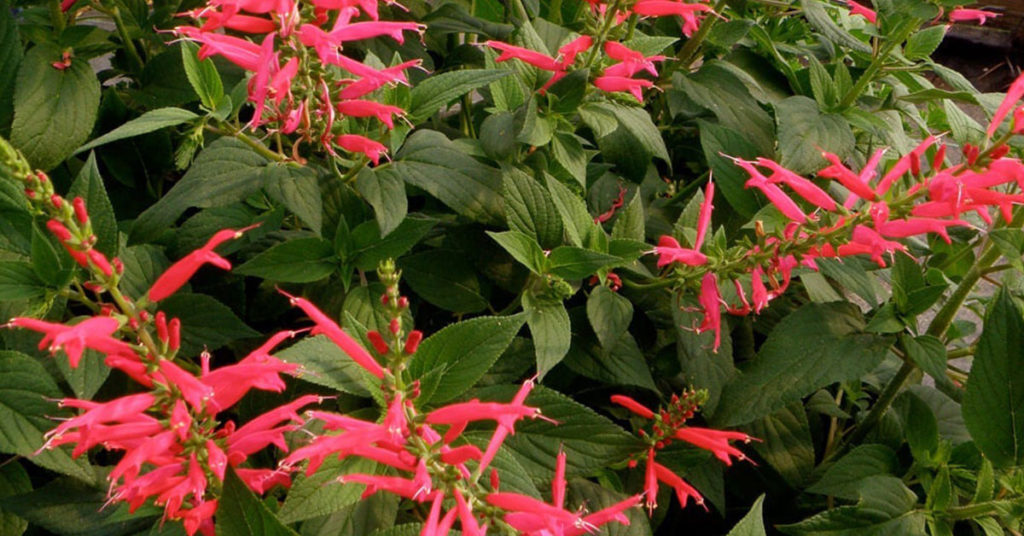
Pineapple sage is an excellent plant to grow for your local pollinators. The plant grows extremely tall and erupts in bright red flowers during late summer and fall. If you live in warmer zones 10 and 11, it will continue to flower through winter and well into spring. You’ll see bees and other busy bugs visiting its flowers. It’s a favorite of hummingbirds as well!
Bee balm
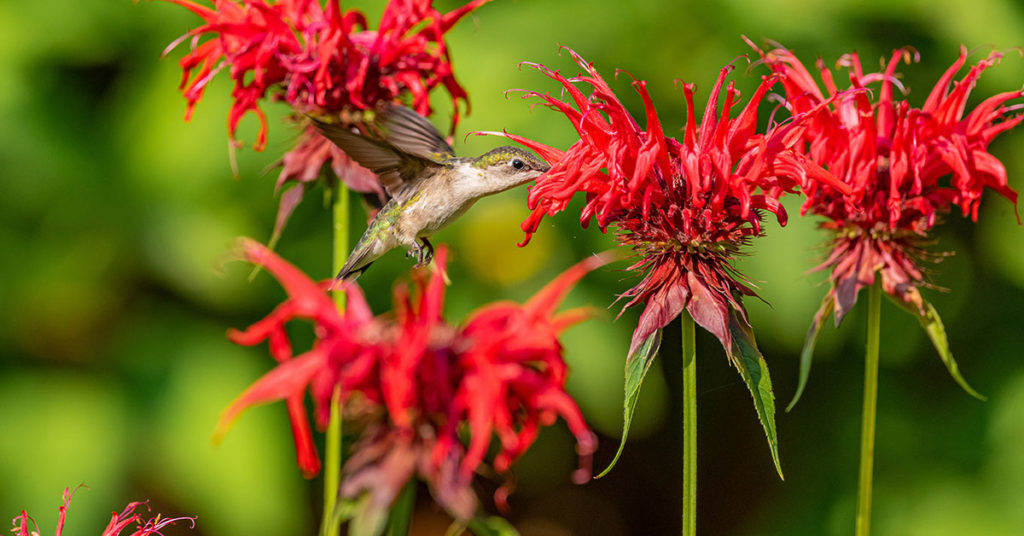
Bee balm is a large, bush-like plant that explodes in beautiful flowers that range from pink to purple to red. As the name would suggest, bees love bee balm! Bee balm plants are perennial and will continue to come back bigger and bigger each year. If your bee balm is becoming too large for its growing space, you can split it up at the root and give the starts away.
Lavender
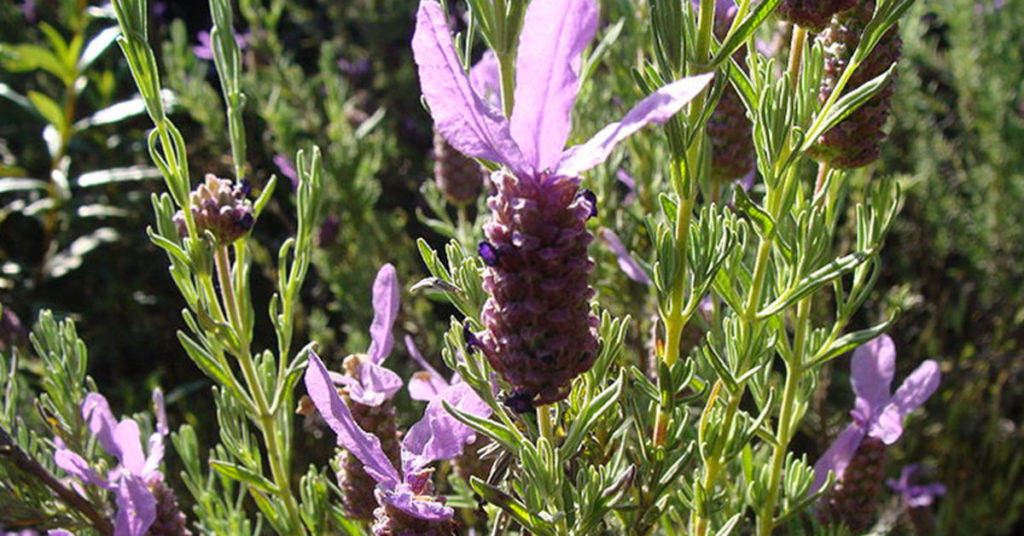
Lavender has quite possibly one of the loveliest flower fragrances a plant could produce. Pollinators are also very big fans of these stunning perennials. Not to mention how easy and fun it is to grow. The purple and pink flowers have very distinct “bunny ears” or tufts compared to English lavender plants. The flowers are paired with beautiful silver-like foliage that’s firm to the touch. The flowers tend to bloom from early May and June into late summer or early fall. However, Spanish lavender is not exactly like its relative, English lavender. Spanish lavender prefers hotter climates and thrives with the sun in zones 7-10.
Dandelions and lawn daisies

Dandelions are among the earliest flowering plants in most places, which make them vitally important for local pollinators like honeybees. Lawn daisies also bloom fairly early in the spring, and bees go nuts for them! These two flowers are often removed from lawns and gardens as weeds. While we do appreciate a thick, green lawn, compromise with your local bees and leave them a few of these weeds to enjoy in the early spring.
Sunflowers

If you grow sunflowers, which are an annual plant only growing for the present growing season, you’ll find that in late summer, they’re covered in bees. Sunflowers can grow to massive heights, produce enormous flowers, and are an immense source of food for bees. They’re also a good source of food for you. Each flower will produce lots of seeds that you can roast up and eat or save for next year.
Chives

Chives are a delicious herb that can taste a bit like onion or garlic, depending on the variety you get. This herb grows a bit like grass and will continue to come back year after year. But watch out, chives will readily spread! They send up pretty pink and purple flowers that will readily go to seed. The bees love them, but when the flowers are finished, cut them back so the plants don’t spread out of control.
Mint

Mint is a perennial herb that is best grown in containers to prevent unwanted spread. If planted in the ground, your mint will gleefully spread. Mint sends up finger-shaped flowers that bees will go ape for. Mint is also delicious in various recipes. My favorite is the classic mojito cocktail.
Thyme
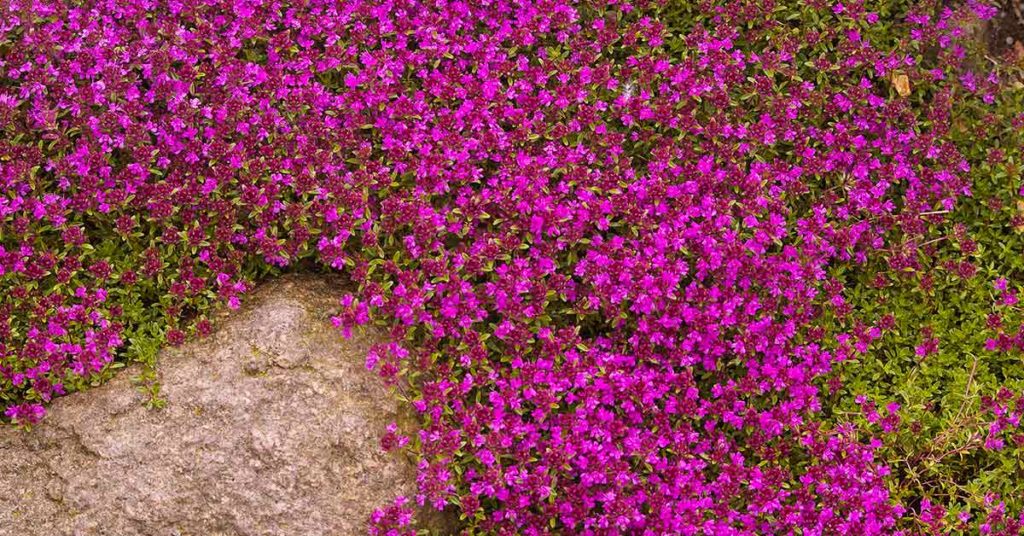
You’ve probably used thyme in a recipe or two. You may even have a jar of dried thyme leaves somewhere in your herb drawer. Red creeping thyme, or Thymus coccineus, is the same fragrant plant used in these recipes but doesn’t quite have the same flavor. It’s a low-growing, spreading, self-seeding plant with flowers that range from pink to red to purplish-red. The plant rarely grows taller than 6 inches and a single red creeping thyme plant can spread almost two feet wide. Pollinators love it too!
Yarrow
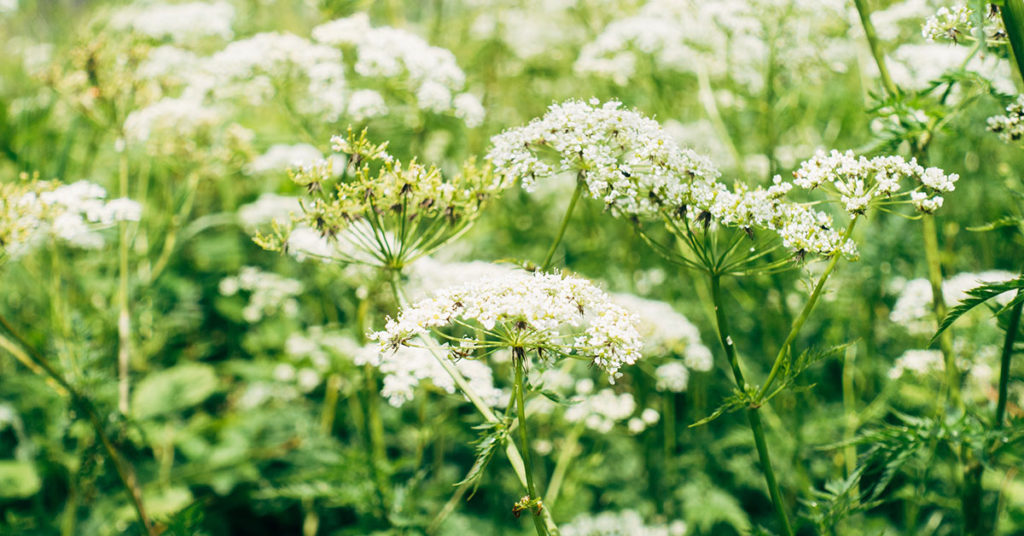
The Yarrow plant is also a fragrant herb with several medicinal benefits. Gordaldo, devil’s nettle, nosebleed plant, old man’s pepper, milfoil, sanguinary, thousand-leaf, soldier’s woundwort, and thousand-seal are some of the other popular names for this species.
The flowering plant Achillea millefolium, also known as the common Yarrow, belongs to the Asteraceae family. It is endemic to the Northern Hemisphere’s temperate areas, including Europe, Asia, and North America. Yarrow produces spectacular flower heads made of numerous small, tightly-packed blooms towering above clusters of ferny leaves and is sold as hardy and adaptable perennial. Flowers might be yellow, red, pink, or any other color. Yarrow is pest-resistant and drought-resistant. Yarrow is a pollinator-friendly native North American plant that’s easy to grow and maintain, making it ideal for borders, land covers, and open meadows.
Russian Sage
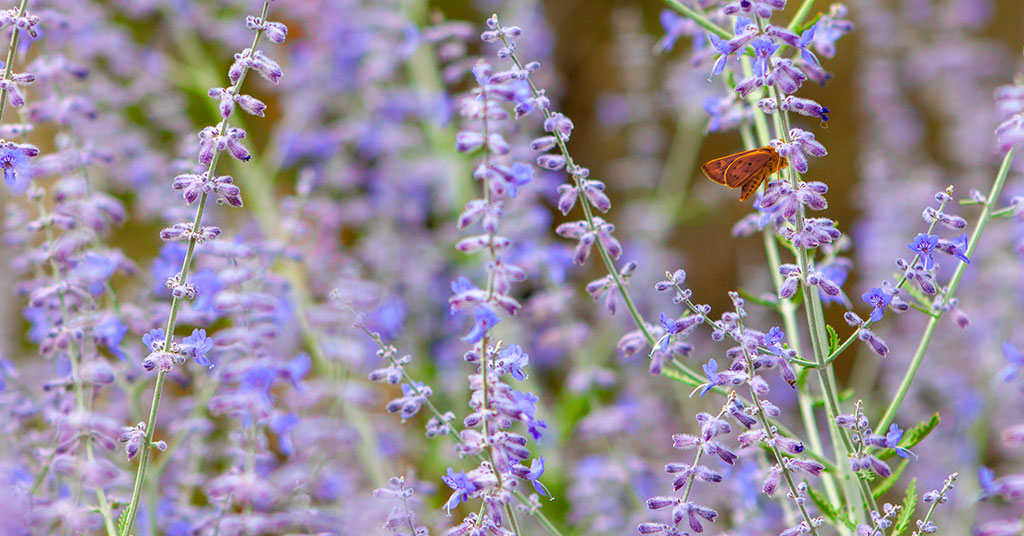
Russian sage is a type of perennial sage plant that grows fairly large and absolutely explodes with wonderful-smelling purple flowers. On a sunny day, you will see your Russian sage plant absolutely covered in happy bees and other pollinators. Russian sage does well in arid environments too. Once established, it needs very little water.
Calendula

Calendula, sometimes called pot marigolds, are annual flowers that produce yellow and orange flowers that are known to attract pollinators. Calendula is very easy to care for, growing easily with minimal care. Remove the flowers once dead for multiple blooms each season. You’ll enjoy seeing bees and other pollinators darting from flower to flower.
Read next: 12 Potted Flowers That Attract Bees
